algae biology overview reveals a vast, aquatic world where photosynthesis fuels ecosystems and fuels human innovation. From microscopic cyanobacteria to towering kelp, these organisms defy the plant label with diverse life cycles and pigment strategies. In this piece, we explore structure, reproduction, ecology, and practical uses, and contemporary research directions.
Table of Contents
- Algae Biology Overview: Diversity of Forms
- Algae Biology Overview: Chloroplast Origins
- Algae Biology Overview: Pigments and Photosynthesis
- Algae Biology Overview: Reproduction and Life Cycles
- Algae Biology Overview: Morphology and Organization
- Algae Biology Overview: Ecology and Ecosystem Roles
- Algae Biology Overview: Human Uses and Industry
- Algae Biology Overview: Taxonomy and Evolutionary Concepts
- Algae Biology Overview: Global Production and Economy
- Algae Biology Overview: Future Directions and Challenges
Read More
Algae form a remarkable, biologically diverse group whose photosynthesis lights up aquatic ecosystems and fuels innovation. The algae biology overview invites readers to explore a spectrum from tiny cyanobacteria to vast seaweeds, revealing how these organisms defy plant labels while shaping global biogeochemical cycles.
Algae Biology Overview: Diversity of Forms
Algae display striking diversity across life, from single-celled microalgae to large macroalgae like kelp. The algae biology overview reveals how these organisms span prokaryotic cyanobacteria and diverse eukaryotic lineages, challenging the plant label. Their photosynthetic machinery underpins aquatic ecosystems and global carbon cycles. They adapt to marine and freshwater realms, quietly sustaining food webs.
Within the algae biology overview, structure ranges from unicellular diatoms to complex thalli in brown, red, and green algae. This variation mirrors evolutionary creativity, showing how chloroplasts, pigments, and storage compounds tailor survival strategies for diverse habitats, from sunlit shallows to shadowed sediments. These patterns invite researchers to rethink taxonomy and functional traits.
Algae Biology Overview: Chloroplast Origins
Chloroplasts illuminate algae lineage history through endosymbiosis. Primary chloroplasts arise when a cyanobacterium entered a primitive eukaryote, giving green and red lineages their photosynthetic cores. The algae biology overview thus links modern chloroplasts to ancient collaborations that reshaped the tree of life. Secondary chloroplasts also reveal convergent evolution via red algal endosymbionts.
Some lineages harness secondary or tertiary chloroplasts, acquired by engulfing other algae. This mosaic origin challenges simple ancestry and underscores the polyphyletic nature of algae. The algae biology overview emphasizes how plastid diversity drives pigment profiles, enabling niches from polar cold to tropical warmth. Understanding this diversity helps predict responses to climate change.
Algae Biology Overview: Pigments and Photosynthesis
Pigment mosaics distinguish major algal groups. Green algae host chlorophylls a and b, red algae rely on chlorophylls a and d with phycobilins, while brown and golden taxa carry distinctive carotenoids. The algae biology overview thus links pigments to light capture, nutrient use, and ecological roles. In the lab, pigment profiles guide taxonomic identification.
Chloroplast origin shapes pigment compartmentalization and energy flow. Some lineages retain four-membrane plastids, others reduced plastids, and some lack photosynthesis entirely. The algae biology overview frames these differences as evolutionary experiments that yield insights into membrane biology, photosynthetic efficiency, and resilience under oceanic light regimes. Such diversity explains seasonal productivity patterns globally.
Algae Biology Overview: Reproduction and Life Cycles
Algae pursue diverse reproductive strategies, from binary fission to intricate sexual cycles. Some maintain haploid-dominant life stages, others alternate generations with zygotes and spores. The algae biology overview highlights pheromonal cues, environmental triggers, and genetic regulation that coordinate mating across watery habitats. meiosis contributes to variation and DNA repair during meiosis.
Laboratory studies from model species illuminate the timing of meiosis and the chemical signals that synchronize gamete release. The algae biology overview connects life-cycle complexity to ecological success, explaining why some species thrive in blooms while others persist as cryptic, resilient forms in quiescent waters. Genomic tools are accelerating our understanding.
Algae Biology Overview: Morphology and Organization
Algae exhibit a spectrum of architectures from unicellular floats to multicellular thalli. Colonial assemblies, coccoid cells, and filamentous nets reflect adaptive strategies for nutrient capture and motility. The algae biology overview shows how form follows function across chlorophytes, rhodophytes, and heterokonts. Apical growth patterns limit tissue differentiation in many groups.
Three-dimensional thallus complexity emerges in red, brown, and some green algae, while charophytes edge toward structures seen in land plants. The algae biology overview emphasizes how thallus architecture influences light access, gas exchange, and ecological interactions with microbes, grazers, and coral hosts. These relationships underpin coastal food webs.
Algae Biology Overview: Ecology and Ecosystem Roles
Phytoplankton sustain most marine food webs by fixing carbon and forming the base of the chain. The algae biology overview explains how nutrient status, light, and temperature govern population dynamics, with bloom events that can both support fisheries and trigger ecological stress under eutrophication. Predators, viruses, and grazing pressure modulate outcomes.
Symbioses enrich ecosystems: endosymbiotic algae supply sugars to hosts such as corals and lichens, while seawater communities rely on microalgae for oxygen and nutrient cycling. The algae biology overview frames these partnerships as keystones of biodiversity, resilience, and climate regulation across oceans and coasts. Together, they shape global carbon budgets.
Algae Biology Overview: Human Uses and Industry
Humans harvest seaweeds for food, feed, fertilizers, and bioproducts. The algae biology overview underlines algaculture’s potential to produce omega-3s, pigments, and bioplastics, expanding sustainable options while reducing land use. Cultivation strategies range from open beds to photobioreactors, enabling controlled growth. This diversity reflects shells of innovation feeding economies.
Industrial applications extend to nutraceuticals, cosmetics, and biofuels, all built on algae’s expressive metabolism. The algae biology overview highlights carbon sequestration, wastewater treatment, and value chains from lab to market, illustrating how algae translate elegant biology into practical solutions with measurable environmental benefits. Collaboration across disciplines accelerates progress.
Algae Biology Overview: Taxonomy and Evolutionary Concepts
Taxonomy of algae has shifted from simple divisions to a polyphyletic mosaic, with primary and secondary plastids tracing origins to endosymbiosis. The algae biology overview surveys cyanobacteria, red, green, and brown lineages, highlighting how convergent features complicate systematic classification yet reveal deep evolutionary threads. Genomic data refine our maps.
Throughout history, scholars reclassified organisms as methods improved, moving from Linnaean roots to modern phylogenetics. The algae biology overview emphasizes that polyphyly does not diminish ecological importance, instead showing how diverse life forms share photosynthetic strategies and communicate across marine and freshwater habitats. Their study informs conservation and biotechnological prospects.
Algae Biology Overview: Global Production and Economy
Global seaweed production has surged in recent decades, driven by China, Indonesia, and others seeking sustainable protein and bioproducts. The algae biology overview traces market growth from meals to bioactives, noting how policy, technology, and consumer demand shape farms, processing, and supply chains. Economies increasingly rely on algal value-added products.
Beyond food, algae fuels and bioplastics promise lower carbon footprints, while pigment and pharma markets diversify revenue. The algae biology overview anchors these trends in life-science fundamentals, reminding readers that sustainable scale depends on robust cultivation, quality control, and lifecycle analyses across continents. Collaboration accelerates responsible innovation.
Algae Biology Overview: Future Directions and Challenges
Looking ahead, researchers unite biology, engineering, and policy to optimize algaculture and algal biofactories. The algae biology overview envisions modular photobioreactors, resilient strains, and carbon-smart supply chains, minimizing environmental impact while maximizing yields in a changing ocean and climate. Ethical, economic, and ecological considerations guide responsible deployment.
Education and open data platforms can accelerate discovery, while standardization helps compare trials across regions. The algae biology overview invites students and professionals to chart contributions, from genome editing to ecosystem restoration, turning curiosity into tangible benefits while guarding biodiversity and water health. Together we advance science and stewardship.
| Aspect | Highlights |
|---|---|
| Major groups | Unicellular microalgae to macroalgae; cyanobacteria, diatoms, kelp |
| Ecological role | Base of food webs; oxygen production; carbon cycling |
| Human uses | Food, nutraceuticals, bioplastics, biofuels, wastewater treatment |
| Chloroplast origins | Primary and secondary plastids from endosymbiosis |
| Reproduction | Asexual and sexual cycles; haploid/diploid phases |
We also Published
RESOURCES
- Algae – ScienceDirect
- Cyanobacterial bioactive metabolites-A review of their chemistry and …
- Algal Research | Journal | ScienceDirect.com by Elsevier
- 1 FAS4175: ALGAE BIOLOGY AND ECOLOGY – Spring 2025 …
- Algae – Wikipedia
- Overview on Biological Activities and Molecular Characteristics of …
- Salinity Tolerance of Eukaryotic Marine Algae | Annual Reviews
- Application of synthetic biology in cyanobacteria and algae – Frontiers
- Astaxanthin: Sources, Extraction, Stability, Biological Activities and …
- Review of biological and engineering aspects of algae to fuels …
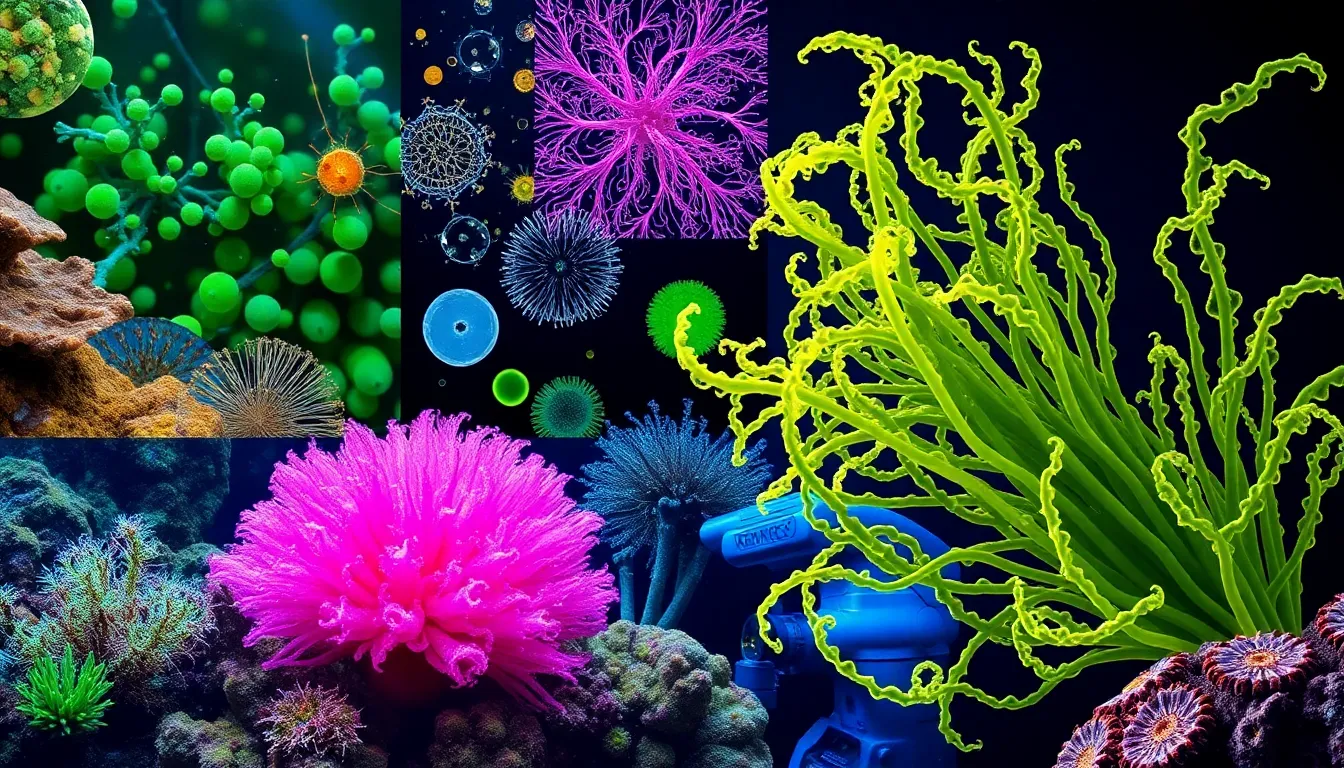
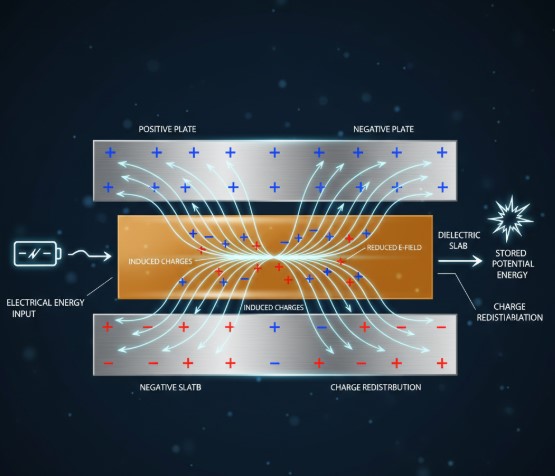



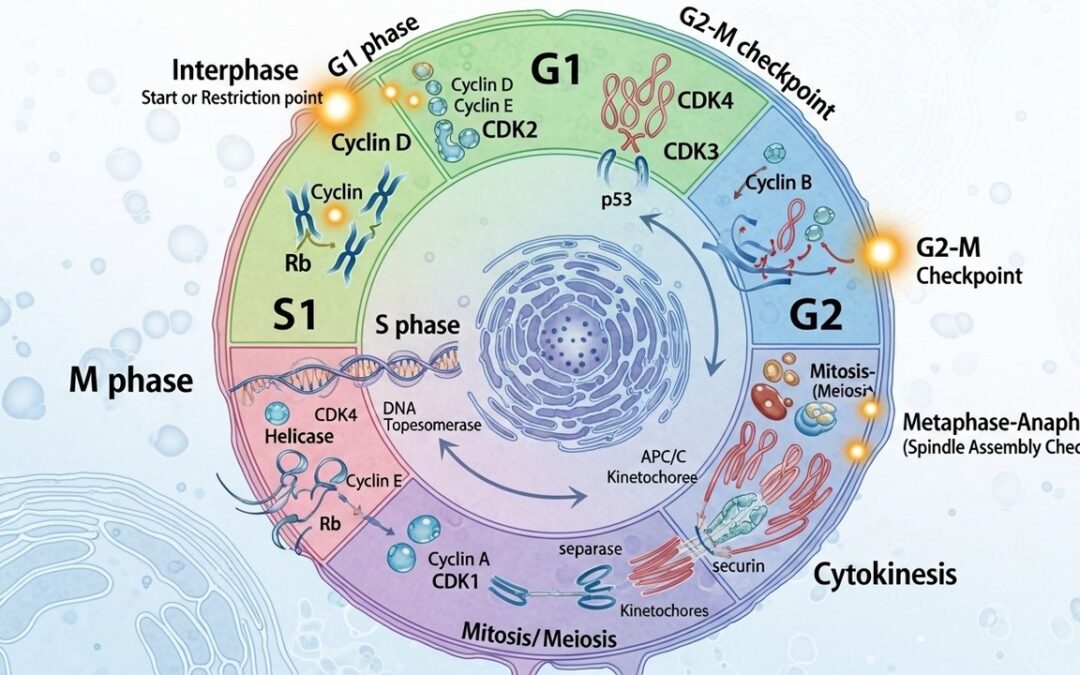
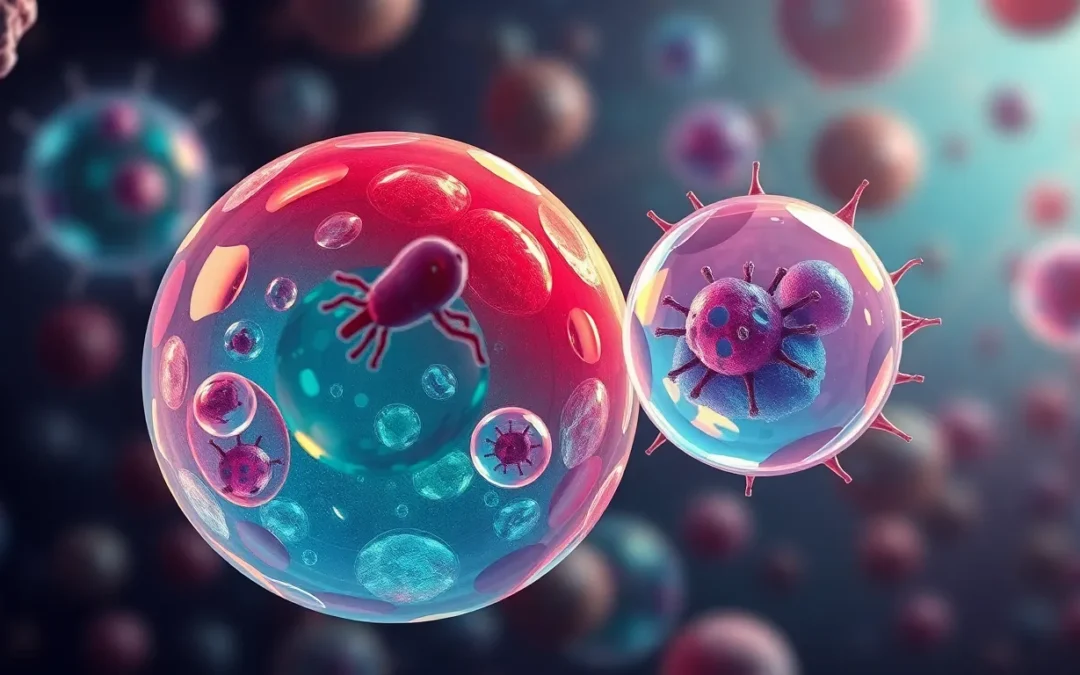
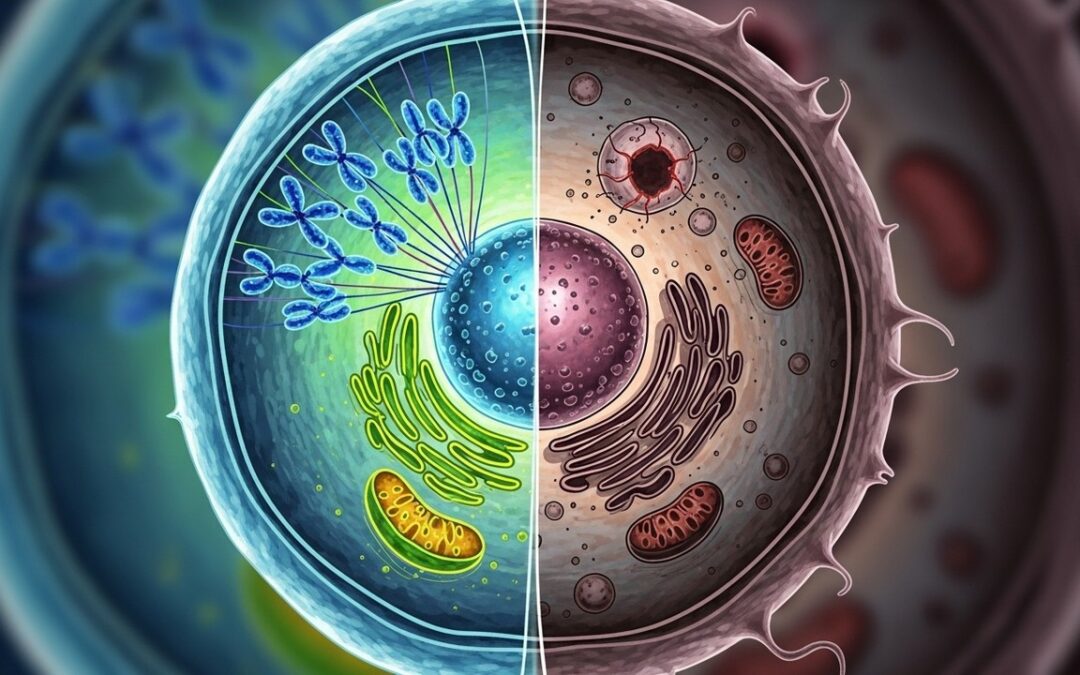
0 Comments